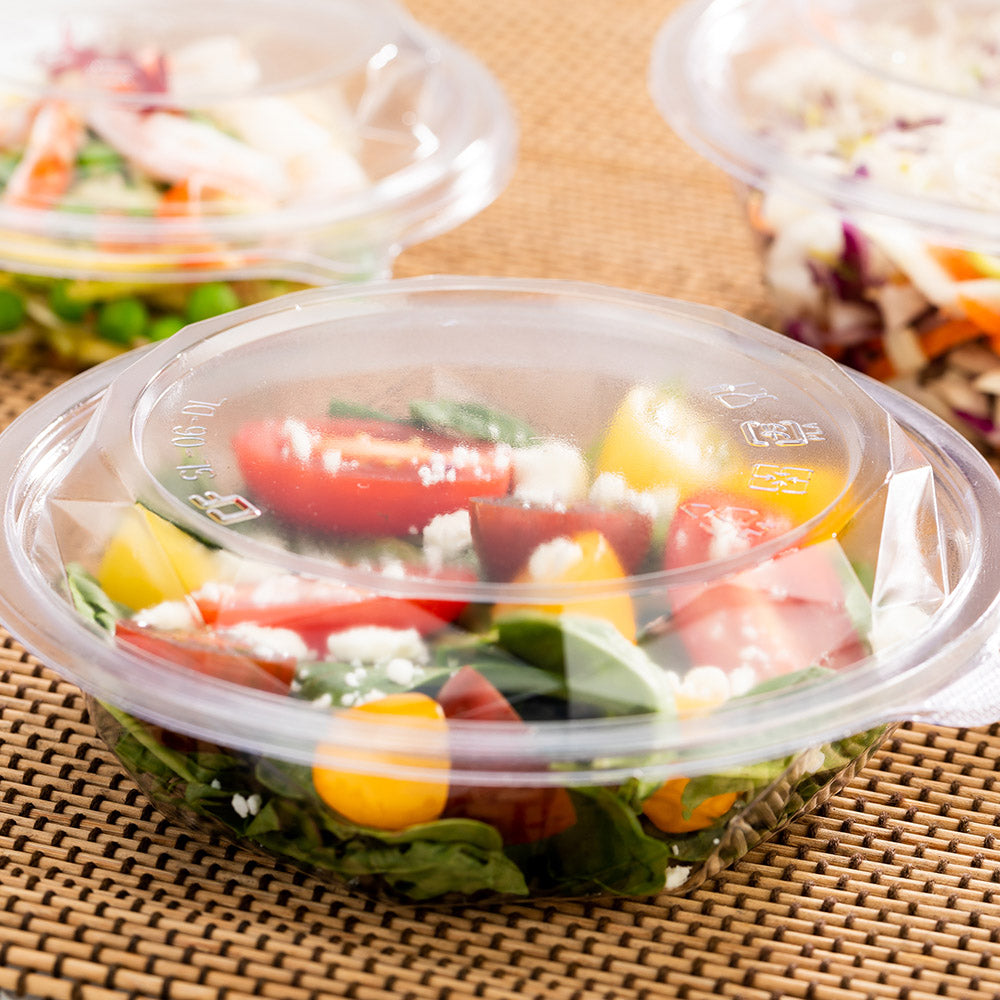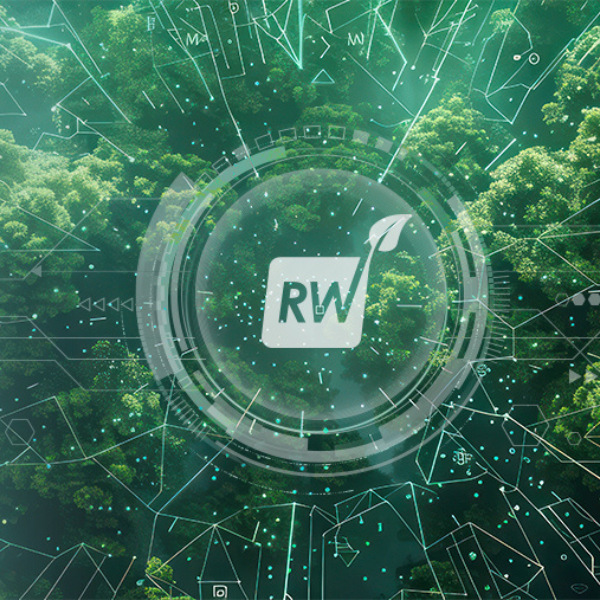In today’s foodservice industry, reducing food waste is a critical challenge that operators face daily. With rising costs and increasing consumer demand for sustainability, finding effective packaging solutions for food waste is more important than ever. Not only does efficient packaging reduce spoilage and extend shelf life, but it also enhances operational efficiency and improves brand presentation. This guide explores how innovative packaging can play a pivotal role in minimizing food waste and helping your business thrive.
Understanding The Impact Of Packaging On Food Waste
Food packaging solutions are integral to preserving food quality and extending its shelf life. When food spoils, it's not just a waste of resources but also a missed opportunity for sales and customer satisfaction. Packaging to reduce food waste involves selecting materials and designs that protect food from environmental factors such as oxygen, moisture, and light, which can accelerate spoilage.
Innovative Food Packaging
Modified atmosphere packaging, vacuum sealing, and smart packaging technology are examples of innovations that help maintain food freshness. These technologies adjust the internal packaging environment to slow down the deterioration process.
Consider a busy restaurant chain that implemented modified atmosphere packaging for its salad greens. By adjusting the levels of oxygen and carbon dioxide within the packaging, they reduced spoilage by 30% and improved customer satisfaction due to fresher produce.
Selecting Sustainable Packaging Materials
Sustainability is a key consideration for many foodservice professionals. Eco-friendly food packaging materials can help reduce the overall environmental impact of your operations. Biodegradable food packaging and recyclable options are increasingly available and can be just as effective in preserving food quality.
Biodegradable & Recyclable Options
Using materials like PLA (polylactic acid) or paper can reduce the amount of waste your business generates. These materials break down more easily in composting environments or can be recycled into new products.
For instance, a catering company switched to biodegradable packaging for their takeout meals. This change not only aligned with their sustainability goals but also attracted environmentally conscious customers, boosting their market appeal.
Implementing Packaging Technology For Foodservice
Advanced packaging technology for foodservice can significantly improve food preservation and reduce waste. Smart packaging, for example, can include sensors that monitor temperature and freshness, alerting staff to potential issues before food spoils.
Smart Packaging Technology
Embedded sensors in packaging can provide real-time data on the condition of the food, allowing for proactive measures to prevent waste. This technology is especially useful for perishable items like dairy or seafood, where spoilage risks are high.
Imagine a hospital cafeteria using smart packaging to manage its inventory of fresh produce. By receiving alerts when temperatures fluctuate or produce nears spoilage, the cafeteria can adjust its usage, minimizing waste and ensuring patients receive fresh meals.

Enhancing Brand Image With Sustainable Practices
Brand Presentation
Incorporating sustainable practices into your packaging strategy can differentiate your brand in a competitive market. It communicates to customers that you care about the environment and are taking steps to minimize your impact.
A boutique hotel that transitioned to eco-friendly packaging for its room service menu saw a positive response from guests, who appreciated the hotel’s dedication to sustainability. This move not only reduced packaging waste but also strengthened the hotel's reputation as an eco-conscious establishment.

Practical Steps To Optimize Packaging For Reduced Waste
To effectively reduce food waste through packaging, consider these practical steps:
Conduct A Packaging Audit: Evaluate your current packaging solutions to identify areas for improvement. Look for opportunities to switch to materials that offer better food preservation and sustainability.
Partner With Suppliers: Work with packaging suppliers who understand the importance of both sustainability and food preservation. They can provide insights into the latest eco-friendly and efficient packaging options.
Train Staff On Best Practices: Ensure your team understands how to handle and store packaged items to maximize shelf life and quality.
Monitor And Adjust: Continuously monitor the effectiveness of your packaging solutions and be ready to make adjustments as needed.
Frequently Asked Questions
What Types Of Packaging Help Extend Shelf Life?
Packaging that reduces oxygen exposure—such as vacuum-sealed containers and modified atmosphere packaging—can significantly extend shelf life by slowing microbial growth.
Can Compostable Packaging Still Preserve Food Effectively?
How Does Smart Packaging Reduce Waste?
Smart packaging uses embedded sensors to monitor freshness and temperature. This real-time data helps prevent spoilage by enabling timely inventory adjustments.

Smarter Packaging, Less Waste
Reducing food waste through effective packaging solutions is not just about minimizing loss; it's about optimizing your entire foodservice operation. By choosing innovative and sustainable packaging, you improve operational efficiency, enhance brand presentation, and demonstrate a commitment to sustainability.
Restaurantware offers a comprehensive range of food packaging solutions tailored to meet the needs of modern foodservice professionals. Explore our product categories to find the perfect fit for your business and contribute to a more sustainable future.









